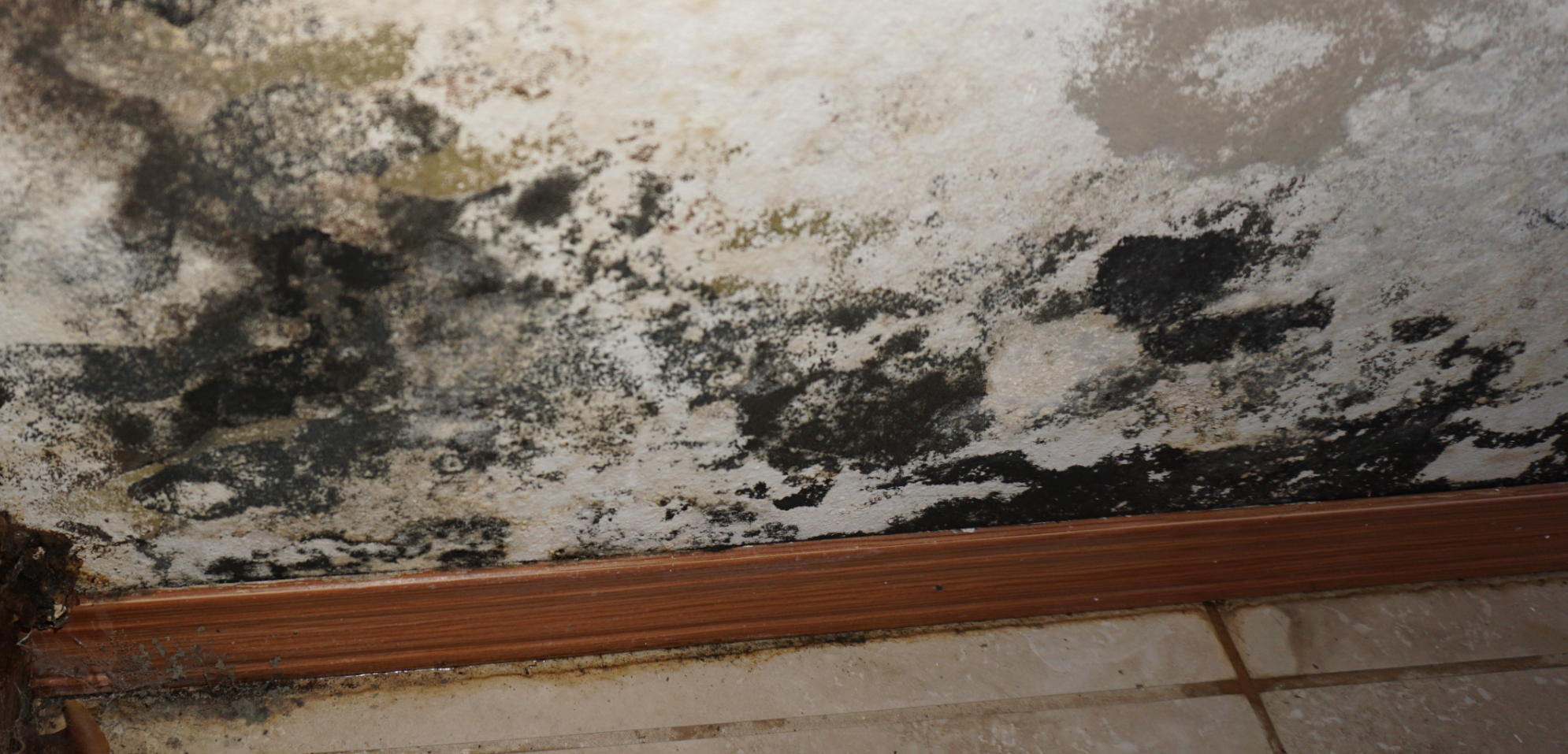
Air Quality | Mold | Meth | Radon | VOCs
Mycotoxins are poisonous substances produced by fungi or mold. They can be toxic for humans when they are eaten, absorbed into the skin, or inhaled. A small amount of mycotoxin can be damaging to human or animal health and even cause death. Poisoning by mycotoxins is called mycotoxicosis.
Stachybotrys Chartarum (Aka: The Toxic Indoor Black Mold): A genus of molds which derives from the Greek words “stachy” & “botrys”. “Stachy” (progeny/descendants), “Botrys” (cluster or bunch of grapes). Most famous species of this mold include: S. Chartarum and Chlorochalonata which are also known as “black mold” or “toxic black mold”. These are linked with poor indoor air quality that arises after fungal growth on water-damaged building materials (plywood, wallpaper, drywall & carpet). Stachybotrys has also been associated with “Sick Building Syndrome”.
How Do Mycotoxins Spread?
Typically, mycotoxins indoors are created by the following conditions:
While different strains of mycotoxins produce varying symptoms in people, many of the main symptoms are the Four D's
It has been found that these symptoms are often worsened by:
|
MOLD |
MYCOTOXIN PRODUCED |
POTENTIAL HEALTH ISSUES |
|
Aspergillus fumigatus |
Gliotoxin, Aflatoxin |
A. fumigatus is frequently found in homes and buildings. It is considered to be an opportunistic pathogen, meaning it rarely infects healthy individuals, but is the leading cause of invasive aspergillosis in immunocompromised individuals such as cancer, HIV or transplant patients . |
|
Aspergillus flavus |
Gliotoxin, Aflatoxin |
A. flavus is the second leading cause of invasive aspergillosis in immunocompromised patients. Particularly common clinical syndromes associated with A. flavus include: chronic granulomatous sinusitis, keratitis, cutaneous aspergillosis, wound infections and osteomyelitis following trauma and inoculation. Can cause liver cancer in humans. |
|
Aspergillus terreus |
Gliotoxin, Citirin |
Inhalation of fungal spores, which travel down along the respiratory tract, cause the typical respiratory infection. |
|
Aspergillus versicolor |
Sterigmatocystin |
A. versicolor is one of the most frequently found molds in water-damaged buildings. A. versicolor is known to produce a mycotoxin called sterigmatocystin a potentially carcinogenic and hepatotoxic mycotoxin. It is primarily toxic to the liver and kidneys. |
|
Aspergillus ochraceus |
Ochratoxin |
Ochratoxin has been demonstrated to be Nephrotoxic, Hepatotoxic, and Carcinogenic and is a potent teratogen and immune-suppressant. It has also been associated with urinary tract infections and bladder cancer. |
|
Aspergillus niger |
Ochratoxin, Gliotoxin |
A. niger produces gliotoxin, which has been identified in the sera of humans and mice with aspergillosis. Causes immunosuppression in patients. |
|
S tachybotrys chartarum |
Macrocyclic Trichothecenes |
S . chartarum, commonly known as black mold, is highly toxic to humans. Nausea, vomiting, diarrhea, burning erythema, ataxia, chills, fever, hypotension, hair loss and confusion are symptoms in individuals living or working inside S tachybotrys infested homes and buildings. |
|
Chaetomium globosum |
Chaetoglobosins |
C. globosum is a common indoor fungal contaminant of water damaged homes or buildings. Like S tachybotrys, C. globosum spores are relatively large and due to their mode of release are not as easily airborne as are some other molds. |
|
Fusarium species |
Fumonisins; Zearalenone |
Fusarium can cause superficial infections such as keratitis or onychomycosis in healthy individuals and disseminated infections in immunocompromised patients. |
|
Candida auris |
Unknown |
C. auris can be found in healthcare facilities and can be spread through contact with infected patients and equipment''s. C.auris can cause blood stream infections, wound infections and ear infections. |
|
Penicillium brevicompactum |
Ochratoxin A |
Producer of the toxin Ochratoxin A. Fungal particles depend on the relative humidity. Can lead to chronic Rhinosinusitis if breathed in high concentrations. |
|
Penicillium chysogenum |
Ochratoxin A |
Producer of the toxin Ochratoxin A. Fungal particles depend on the relative humidity. Can lead to chronic Rhinosinusitis if breathed in high concentrations. High levels are correlated with the development of sick building syndrome. |